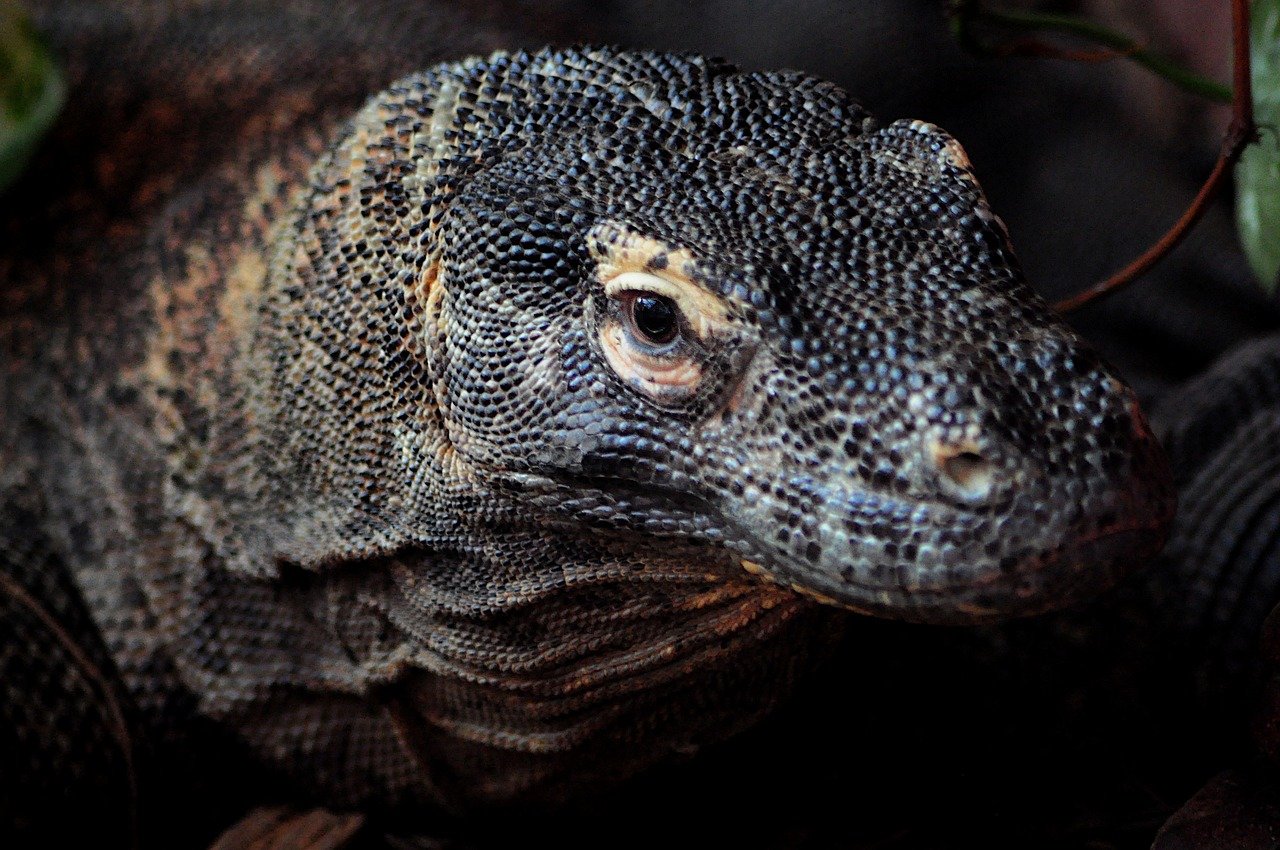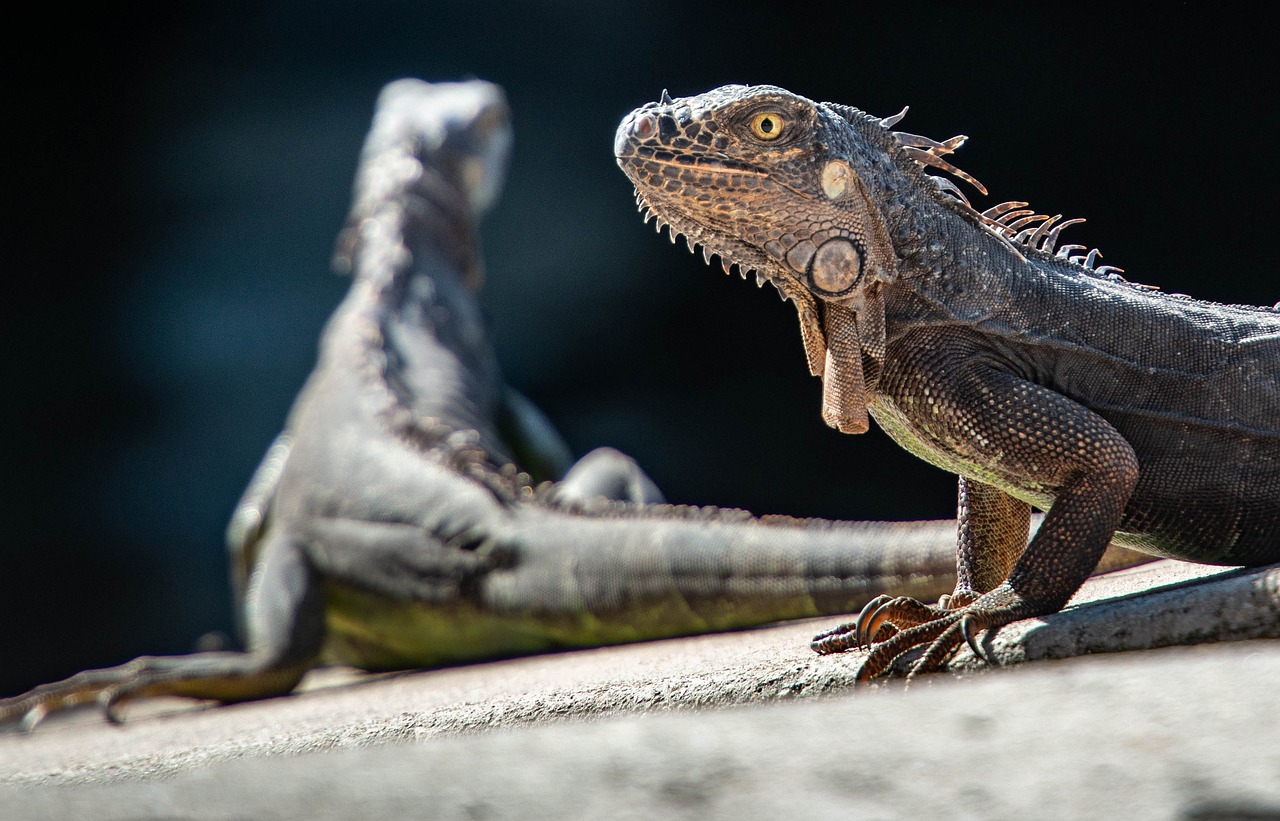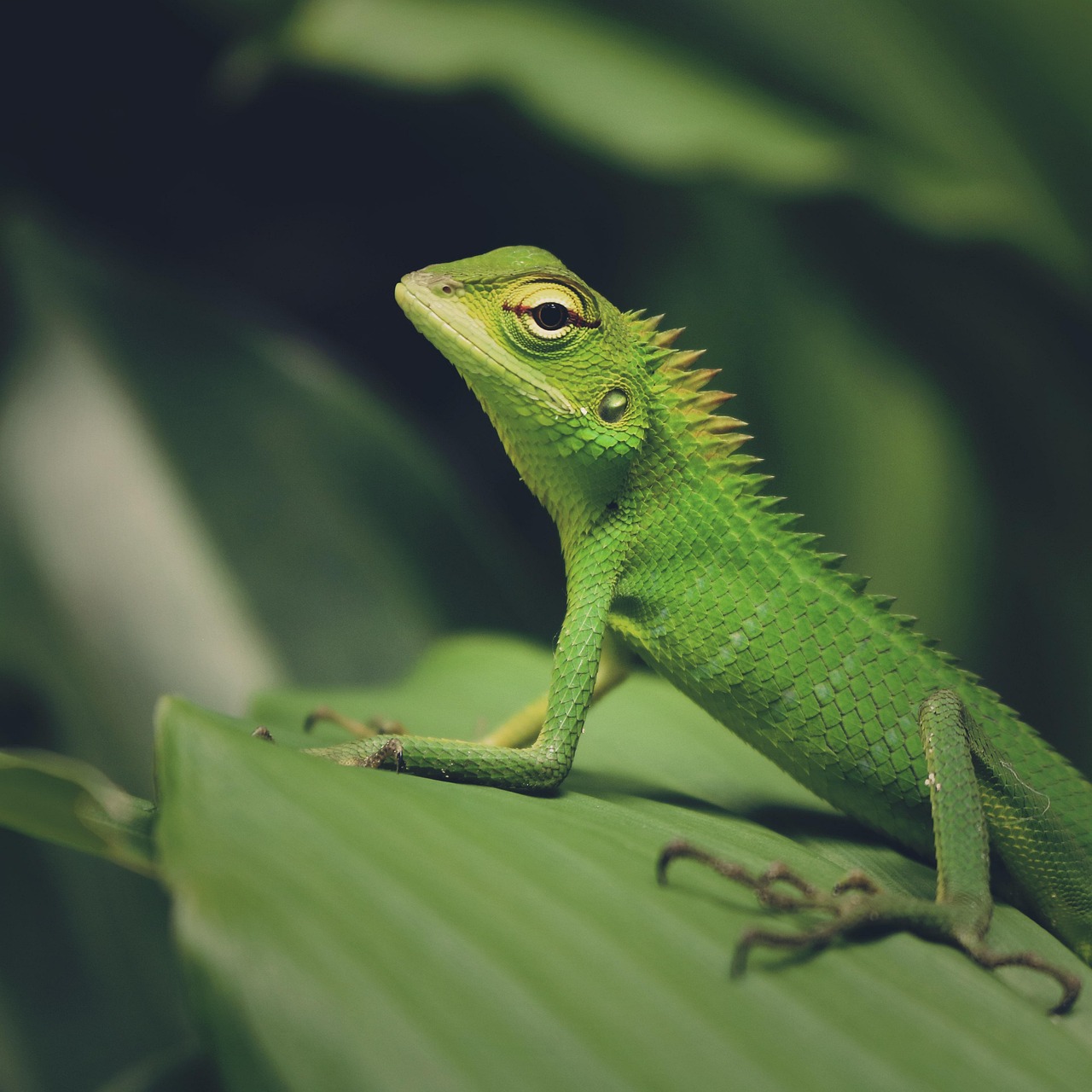The Dragon Scale Alocasia is a stunning houseplant known for its unique, textured leaves resembling dragon scales. To plant this exotic beauty, choose a well-draining soil mix, provide indirect sunlight, and maintain humidity levels between 50-70% for optimal growth.
Introduction to Dragon Scale Alocasia

The Dragon Scale Alocasia, scientifically known as Alocasia baginda, is a tropical plant that has gained popularity among houseplant enthusiasts. Its striking foliage features dark green leaves with silvery veins, creating a captivating appearance. This plant not only adds beauty to your space but also serves as a conversation starter among guests.
Native to Southeast Asia, the Dragon Scale Alocasia thrives in warm, humid environments. Understanding its natural habitat can help you replicate the ideal growing conditions in your home. As a member of the Araceae family, this plant prefers environments that mimic its tropical origins.
In addition to its aesthetic appeal, the Dragon Scale Alocasia has unique care requirements. Proper attention to its watering, lighting, and temperature needs is crucial for ensuring healthy growth. With the right knowledge, you can cultivate this beautiful plant successfully in your home or office.
Understanding the Plant’s Needs
Before diving into the planting process, it is essential to understand the specific requirements of the Dragon Scale Alocasia. Here are some of the key factors to consider:
| Factors | Requirements |
|---|---|
| Light | Bright, indirect sunlight |
| Soil | Well-draining potting mix |
| Humidity | 50-70% humidity |
| Temperature | 65-80°F (18-27°C) |
| Watering | Keep soil moist but not soggy |
Providing these conditions will help your Dragon Scale Alocasia thrive. It is crucial to ensure that your plant receives adequate light without direct exposure to harsh rays, which can scorch its leaves. Proper soil is equally important; a mix designed for tropical plants or one that includes perlite will promote drainage while retaining necessary moisture.
Humidity is a vital factor in keeping your Dragon Scale Alocasia healthy. You can increase humidity levels by placing a humidifier nearby or grouping it with other plants. Regular misting can also help maintain moisture in the air around the plant.
Temperature plays a significant role in the overall health of your plant. Avoid exposing it to cold drafts or sudden fluctuations in temperature. Keeping it in a stable environment will promote robust growth and vibrant foliage.
Finally, watering should be done thoughtfully. Allow the top inch of soil to dry out before adding more water. Overwatering can lead to root rot, while underwatering may cause the leaves to droop or turn yellow. Finding the right balance is key to successful cultivation.
Choosing the Right Pot
Selecting the appropriate pot for your Dragon Scale Alocasia is an important step in ensuring its health and growth. The right pot can help with drainage, root development, and overall plant stability.
Here are some factors to consider when choosing a pot:
- Size: Choose a pot that allows for adequate space for the roots to grow. A pot that is too small can restrict growth, while one that is too large may hold excess moisture.
- Material: Pot materials can affect moisture retention. Terracotta pots are porous and allow for better airflow, while plastic pots retain moisture more effectively.
- Drainage: Ensure that the pot has drainage holes at the bottom. This prevents water from accumulating and reduces the risk of root rot.
- Weight: Consider the weight of the pot. A heavier pot can provide stability, especially for taller plants that may become top-heavy.
Planting Your Dragon Scale Alocasia
Once you have chosen the right pot, it is time to plant your Dragon Scale Alocasia. Follow these steps to ensure a successful planting process:
- Prepare the Pot: Place a layer of small stones or gravel at the bottom of the pot. This will help improve drainage.
- Add Soil: Fill the pot with your well-draining soil mix, leaving about an inch of space at the top.
- Remove the Plant: Carefully take your Dragon Scale Alocasia out of its nursery container. Gently shake off excess soil from the roots, being cautious not to damage them.
- Position the Plant: Place the plant in the center of the new pot. Ensure that the top of the root ball is level with the rim of the pot.
- Fill with Soil: Add more soil around the sides of the root ball. Press down gently to eliminate air pockets.
- Water Thoroughly: Once planted, water your Dragon Scale Alocasia thoroughly until water drains from the bottom. This helps settle the soil around the roots.
Caring for Your Dragon Scale Alocasia
Caring for your Dragon Scale Alocasia goes beyond just planting. Regular maintenance will ensure that your plant thrives and stays healthy. Here are some key care tips:
Watering Schedule
The watering schedule for your Dragon Scale Alocasia is crucial for its health. Monitor the soil moisture regularly to determine when to water. A good rule of thumb is to check:
- If the top inch of soil feels dry, it’s time to water.
- In winter, reduce watering frequency as the plant’s growth slows down.
Fertilization
Proper fertilization supports healthy growth and vibrant foliage. Use a balanced liquid fertilizer every 4-6 weeks during the growing season (spring and summer). Reduce or stop fertilizing in the fall and winter when growth slows.
Pest Management
Pests can pose a threat to your Dragon Scale Alocasia. Common pests include spider mites, aphids, and mealybugs. Regularly inspect your plant for signs of infestation:
- Spider Mites: Look for fine webbing and yellow spots on leaves.
- Aphids: Check for sticky residue or clusters of small insects on new growth.
- Mealybugs: Identify by their cotton-like appearance on stems and leaves.
If you notice any pests, treat them promptly using insecticidal soap or neem oil. Regularly wiping down leaves can also help prevent infestations.
Repotting Your Plant
Your Dragon Scale Alocasia will eventually outgrow its pot. Signs that it needs repotting include:

- The roots are growing out of the drainage holes.
- The plant appears top-heavy or unstable.
- The growth has slowed significantly.
When repotting, choose a pot one size larger and follow similar steps as when planting initially. This will give your plant room to grow and thrive.
Propagation of Dragon Scale Alocasia
Propagation is an exciting way to expand your collection of Dragon Scale Alocasia or share it with friends. This plant can be propagated through division or offsets, both of which are effective methods.
Propagation by Division
Dividing your Dragon Scale Alocasia is best done when repotting. Here’s how to do it:
- Remove the Plant: Carefully take the plant out of its pot, being cautious not to damage the roots.
- Identify Sections: Look for natural divisions in the root ball. Each section should have at least one healthy leaf and a strong root system.
- Separate Carefully: Use a clean, sharp knife to divide the sections. Ensure each division has adequate roots.
- Repot Each Division: Plant each section in its own pot, following the same planting steps as before.
Propagation by Offsets
Offsets are small plants that grow at the base of the main plant. These can also be used for propagation:
- Locate Offsets: Look for small plants growing near the base of the main plant.
- Gently Remove: Carefully pull or cut the offset away from the main plant, ensuring it has roots.
- Plant the Offset: Place it in a separate pot with well-draining soil and water it lightly.
Common Issues and Solutions
Despite your best efforts, you may encounter some challenges while caring for your Dragon Scale Alocasia. Here are common issues along with their solutions:
Leaf Yellowing
If you notice yellowing leaves, it may indicate several issues:
- Overwatering: Ensure that the soil is not consistently soggy. Allow the top inch to dry out before watering again.
- Nutrient Deficiency: Consider fertilizing if you have not done so recently. A balanced, water-soluble fertilizer can help.
- Pests: Check for signs of infestation, as pests can cause stress to the plant leading to yellowing.
Brown Leaf Edges
Browning at the edges of leaves can be caused by:
- Low Humidity: Increase humidity levels using a humidifier or by misting the plant regularly.
- Underwatering: Ensure that you are watering regularly and that the soil is not too dry.
Wilting Leaves
If leaves are wilting, it can be a sign of stress. Possible causes include:
- Underwatering: Check the soil moisture and water if necessary.
- Overwatering: Conversely, if the soil is too wet, it may lead to root rot. Adjust your watering schedule accordingly.
Seasonal Care Tips

>The care requirements of your Dragon Scale Alocasia may change with the seasons. Here are some seasonal tips to ensure your plant remains healthy throughout the year:
Spring and Summer
This is the growing season for your Dragon Scale Alocasia. Consider these tips:
- Increase Watering: As temperatures rise, your plant will require more water. Monitor soil moisture closely.
- Add Fertilizer: Fertilize every 4-6 weeks to support growth during this active period.
- Provide Bright Light: Ensure your plant receives adequate indirect sunlight for optimal growth.
Fall and Winter
<pDuring these cooler months, your Dragon Scale Alocasia will enter a dormant phase. Adjust care as follows:
- Reduce Watering: Cut back on watering as the plant requires less moisture during dormancy.
- Avoid Fertilizing: Stop fertilizing until spring returns, as growth will slow significantly.
- Mist Regularly: Keep humidity levels high, especially in dry indoor environments during winter heating.
Caring for your Dragon Scale Alocasia involves understanding its specific needs and adapting your approach according to its growth cycle. With attention and care, this stunning plant can thrive and continue to beautify your space for years to come.
Additional Tips for Thriving Dragon Scale Alocasia

>To ensure that your Dragon Scale Alocasia not only survives but thrives, consider these additional tips that can enhance its growing conditions and overall health:
Optimal Lighting Conditions
While it has been emphasized that this plant thrives in bright, indirect sunlight, here are some specifics to keep in mind:
- Avoid Direct Sunlight: Direct sunlight can scorch the leaves. Place your plant near a window with filtered light or use sheer curtains to diffuse the sunlight.
- Rotate the Plant: To promote even growth, rotate your pot every few weeks to ensure all sides receive adequate light.
Humidity Trays
If you live in an area with low humidity, consider using humidity trays. Here’s how to create one:
- Select a Shallow Tray: Choose a tray that is larger than the base of your pot.
- Add Pebbles and Water: Fill the tray with pebbles and water until the water level is just below the top of the pebbles.
- Place the Pot on Top: Set your Dragon Scale Alocasia pot on top of the pebbles. As the water evaporates, it will increase humidity around the plant.
Leaf Care
Maintaining healthy leaves is crucial for photosynthesis and overall plant vitality. Consider these leaf care tips:
- Wipe Leaves Regularly: Dust can accumulate on leaves, blocking sunlight. Gently wipe leaves with a damp cloth to keep them clean.
- Avoid Leaf Damage: Be careful when moving or adjusting your plant to avoid tearing or damaging the leaves.
Seasonal Adjustments
Your Dragon Scale Alocasia may require slight adjustments in care as seasons change. Here are some seasonal adjustments to consider:
- Spring: As growth resumes, increase watering and fertilization to support new growth.
- Summer: Monitor for increased pests due to warmer temperatures. Regular checks can help prevent infestations.
- Fall: Gradually reduce watering and stop fertilizing as the plant prepares for dormancy.
- Winter: Ensure your plant is not exposed to cold drafts and maintain consistent humidity levels indoors.
Final Thoughts
The Dragon Scale Alocasia is a unique and beautiful addition to any indoor space. With its striking foliage and specific care requirements, this plant can be a rewarding challenge for both novice and experienced plant owners. Understanding its needs for light, humidity, watering, and temperature is essential for fostering a thriving environment.
By following the guidelines outlined in this article, you will be well-equipped to cultivate a healthy Dragon Scale Alocasia. Remember to be attentive to changes in your plant’s condition and adjust care practices accordingly. With patience and dedication, your Dragon Scale Alocasia can flourish, bringing vibrant beauty to your home for many years.
As you embark on your journey with this stunning plant, embrace the learning process that comes with caring for living things. Each Dragon Scale Alocasia is unique, and observing its growth and changes will deepen your appreciation for this remarkable species.
Happy planting!
